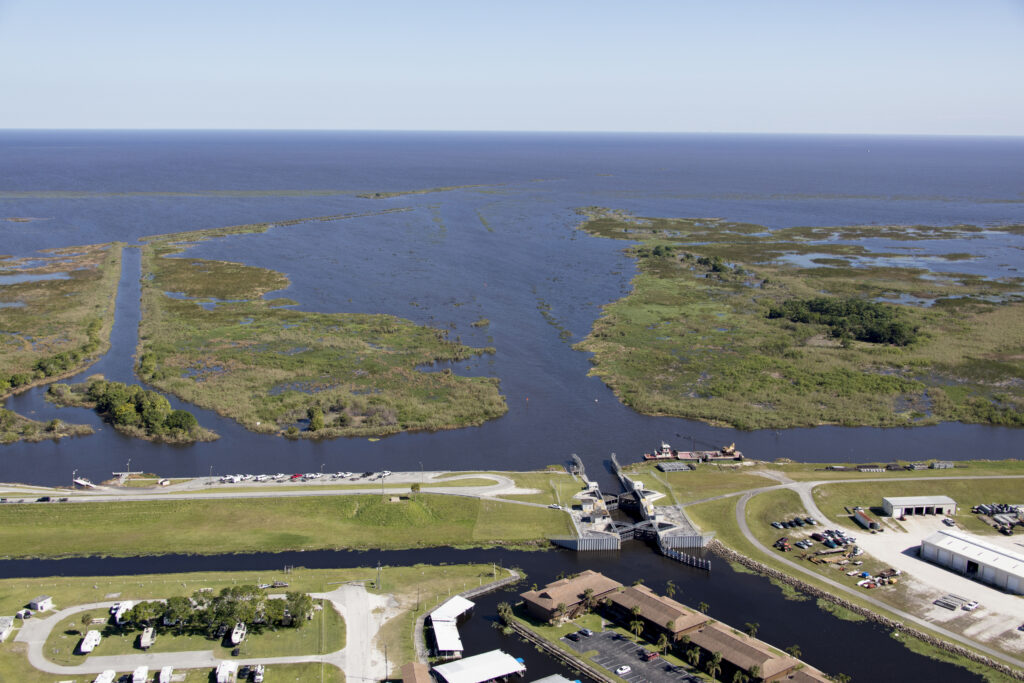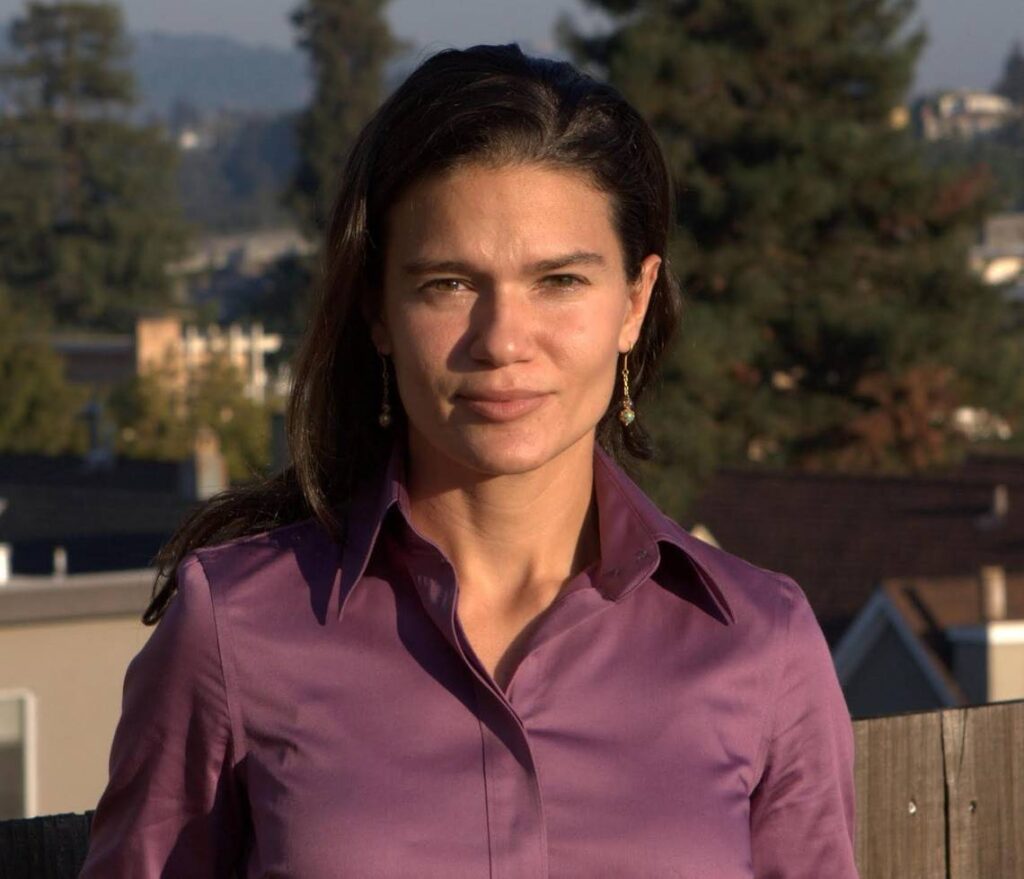By Jaclyn Lopez
The recent groundbreaking ceremonies for the Everglades Agricultural Area Reservoir involved lots of fanfare, as agencies and some environmental groups rallied with praise. They called the reservoir the “crown jewel” of Everglades restoration.
But all that glitters isn’t gold, and it’s highly likely that the EAA Reservoir won’t live up to the hype.

Everglades restoration, which the EAA Reservoir purports to advance, represents the largest ecological engineering project ever undertaken. But ecological-engineering principles require these constructed components to integrate into the natural landscape, mimicking the natural features. Yet the EAA Reservoir is unlike anything found in natural Florida.
First, the reservoir will be 23 feet deep. Compare that to Lake Okeechobee — the liquid heart of the Everglades, which averages only nine feet and the Everglades themselves at about 1.5 feet. Setting aside the risk of failure and overtopping by a large storm, the deepwater reservoir will not simulate the shallow-water resources upon which South Florida’s native wildlife depend.
Furthermore, the reservoir has a serious water-quality problem. Its main purpose is to store and treat water, but those needs were crammed into 16,500 acres, down from the 60,000 acres originally envisioned, resulting in a significant decrease in water storage. The downsize also limits the treatment marshes to a mere 6,500 acres, which is only about 15% of the marshes needed to clean the receiving waters.

As the National Academy of Sciences recently cautioned, meeting court-imposed water-quality standards “will be a significant challenge.” Only one of the existing treatment marshes is close to meeting those requirements. Because the relatively small 6,500-acre manmade wetland will not be able to treat all of the water that needs to move through the EAA Reservoir into the Everglades, the actual benefits of the EAA Reservoir will likely be dramatically less than the projected benefits.
Fortunately, it is not too late for the Everglades, but we must move quickly. Florida’s leaders should be talking to willing sellers now to secure additional land in the Everglades Agricultural Area to expand the treatment marshes and reduce the depth of the reservoir.
Anything less will likely expose this “crown jewel” as mere costume jewelry.
Jaclyn Lopez is an assistant professor of law at Stetson University College of Law and the director of the Jacobs Law Clinic for Democracy and the Environment. This opinion piece was originally published by the Miami Herald, which is a media partner of The Invading Sea.



